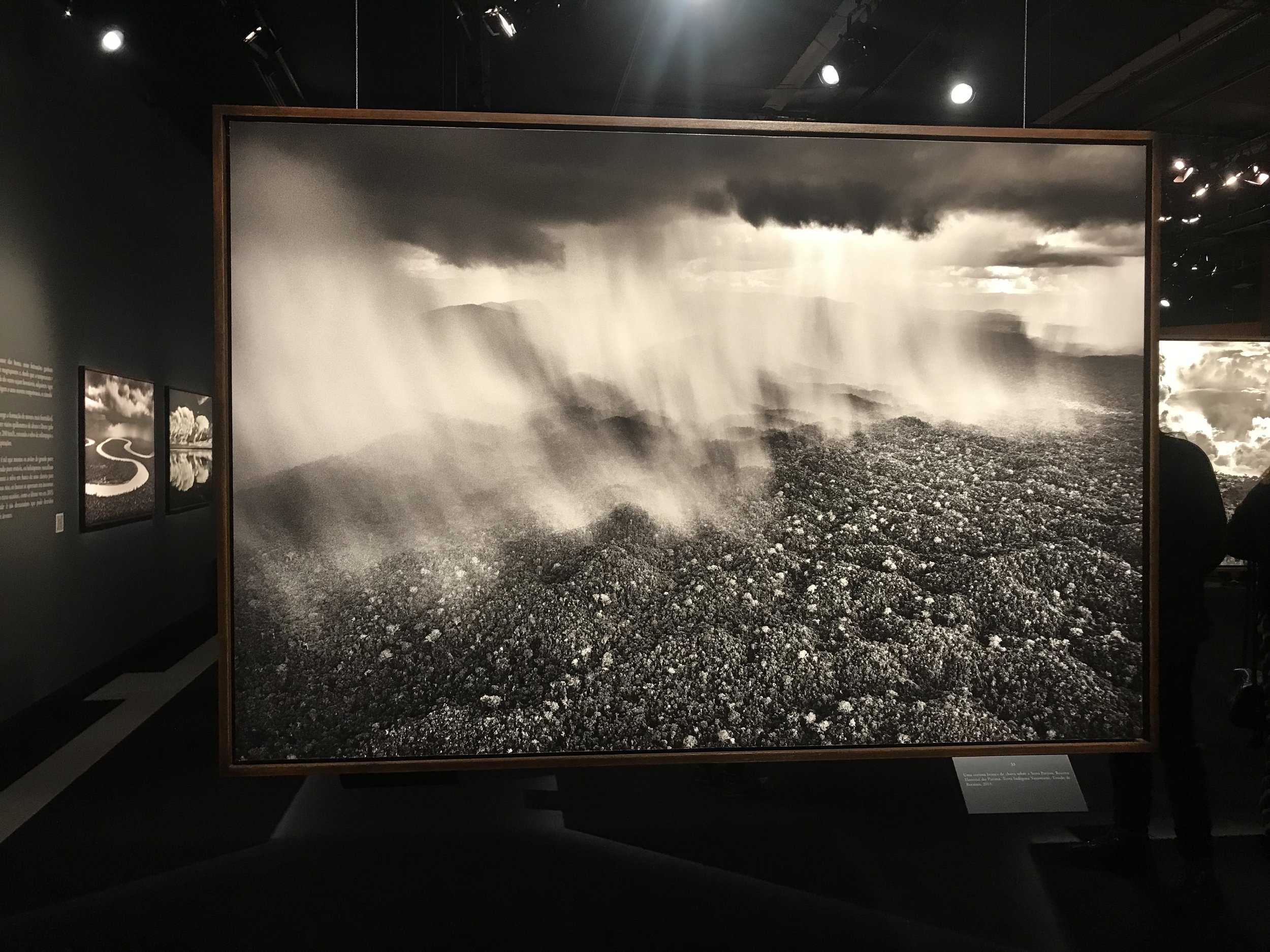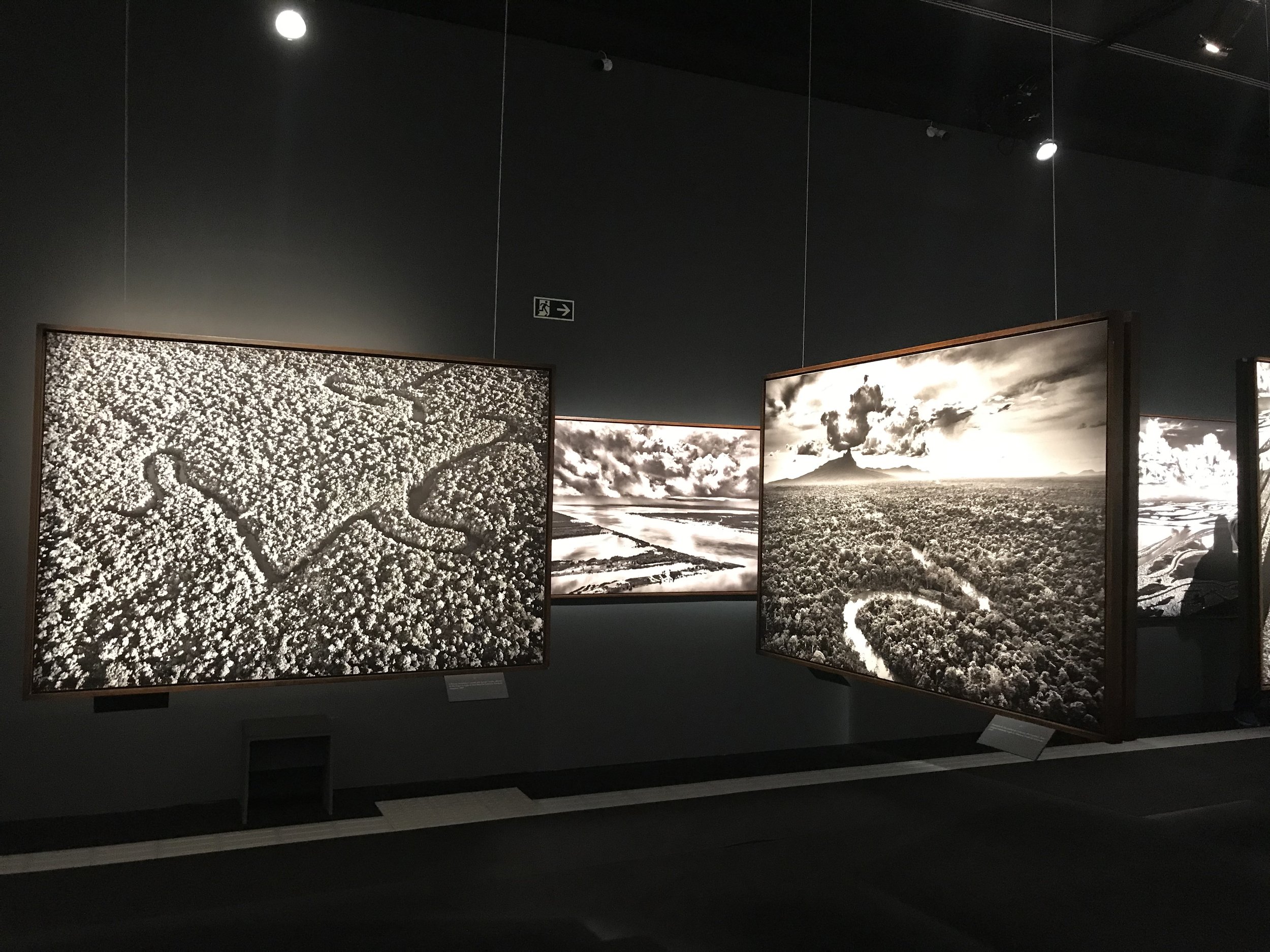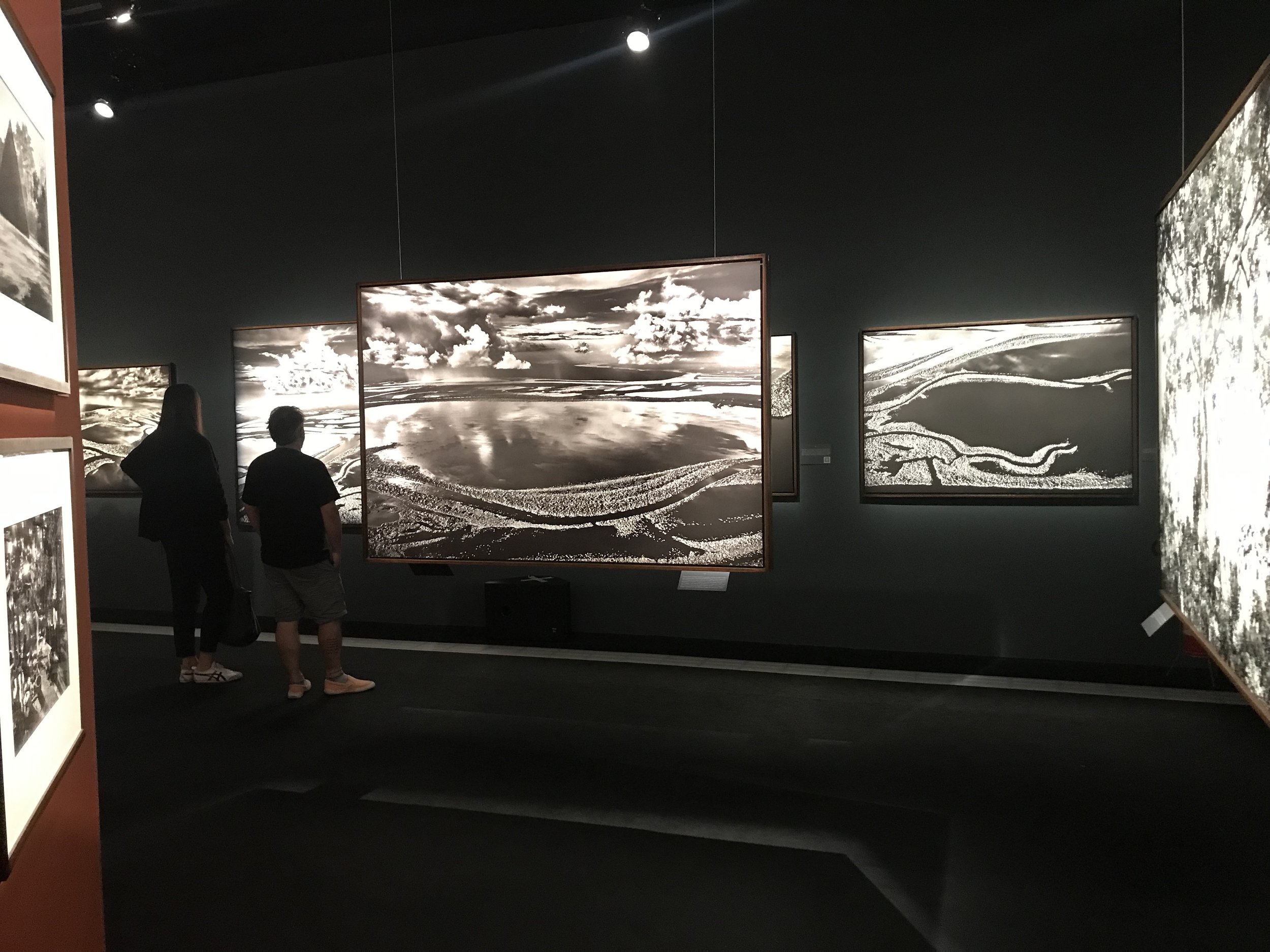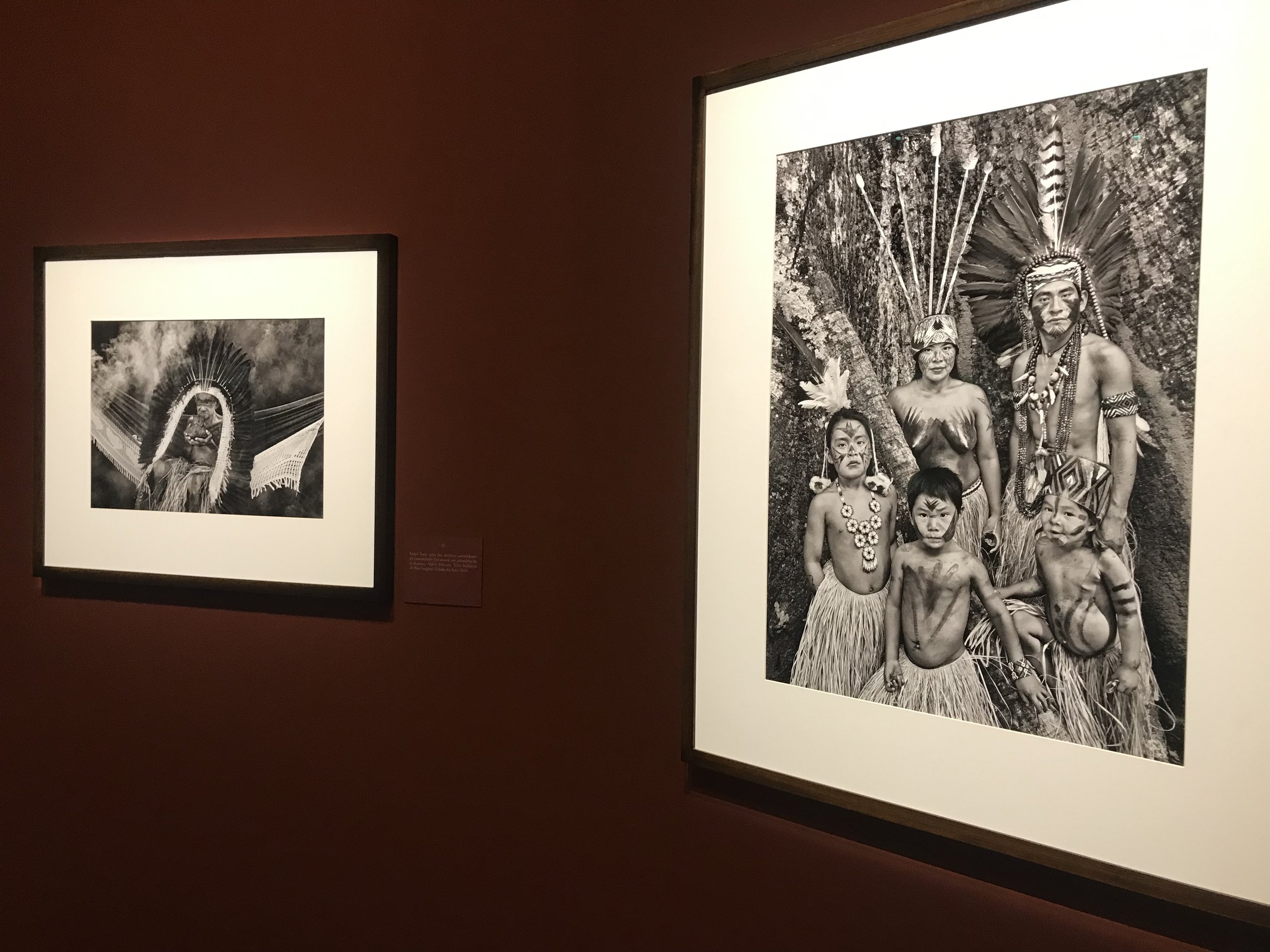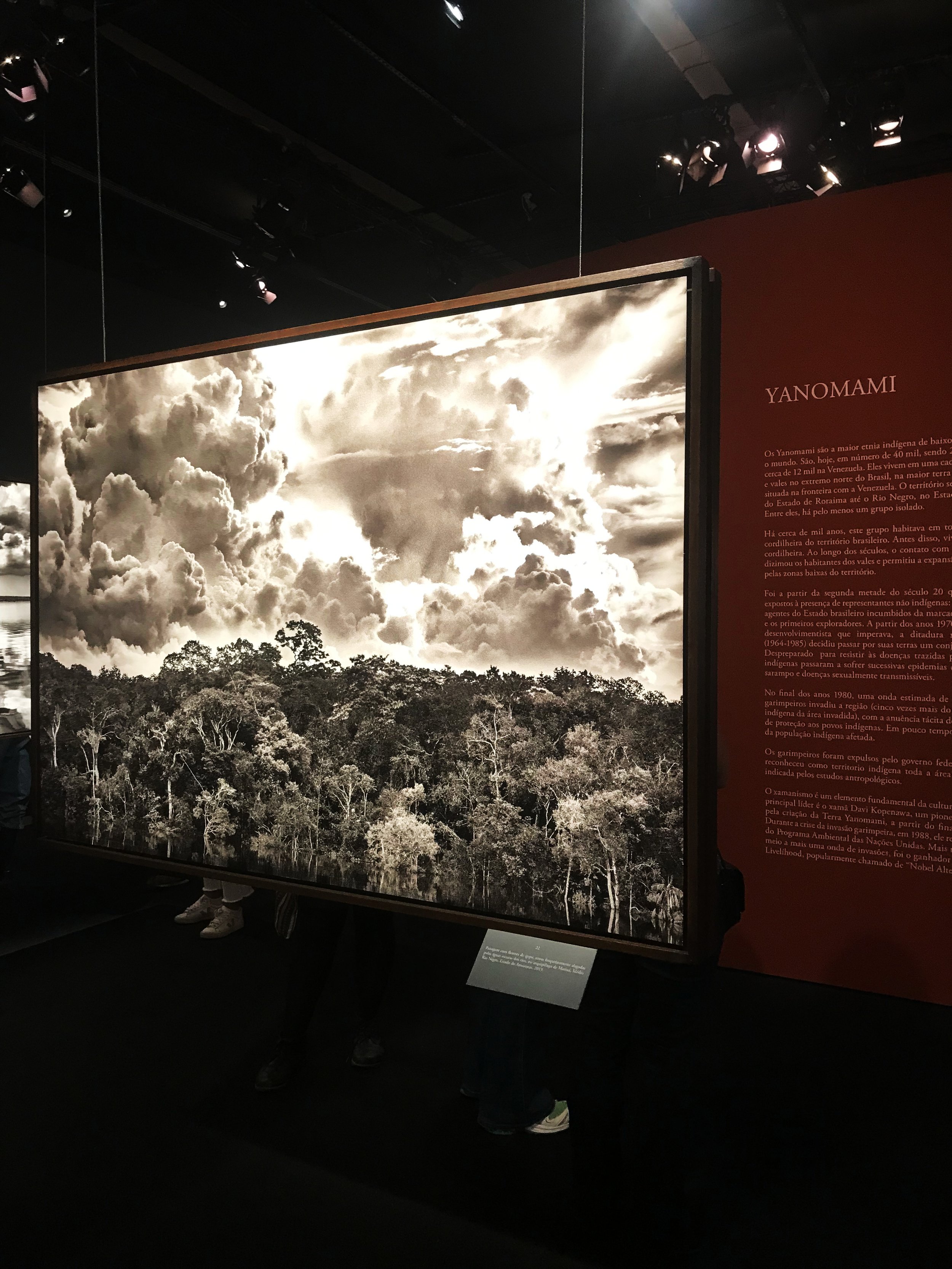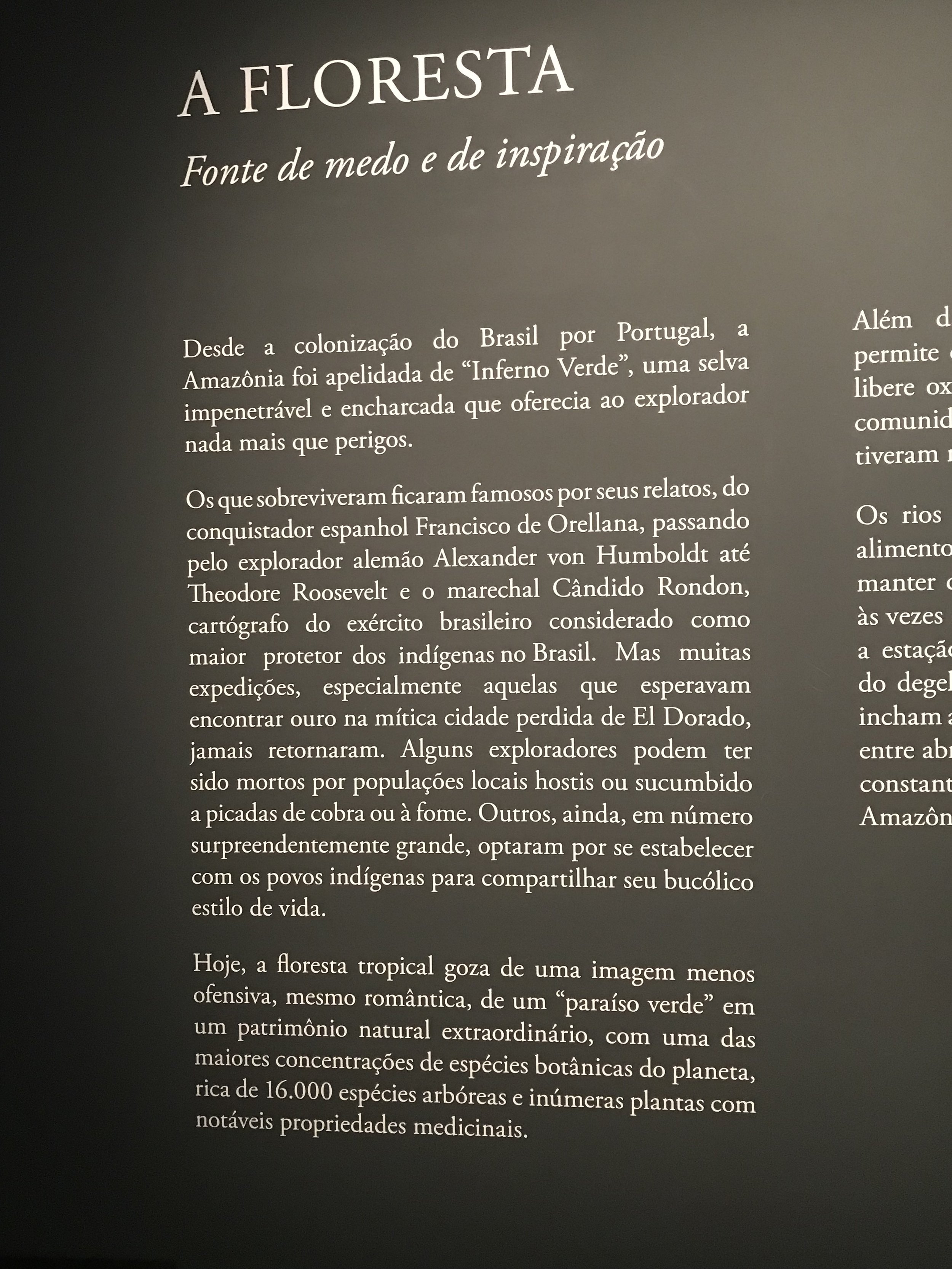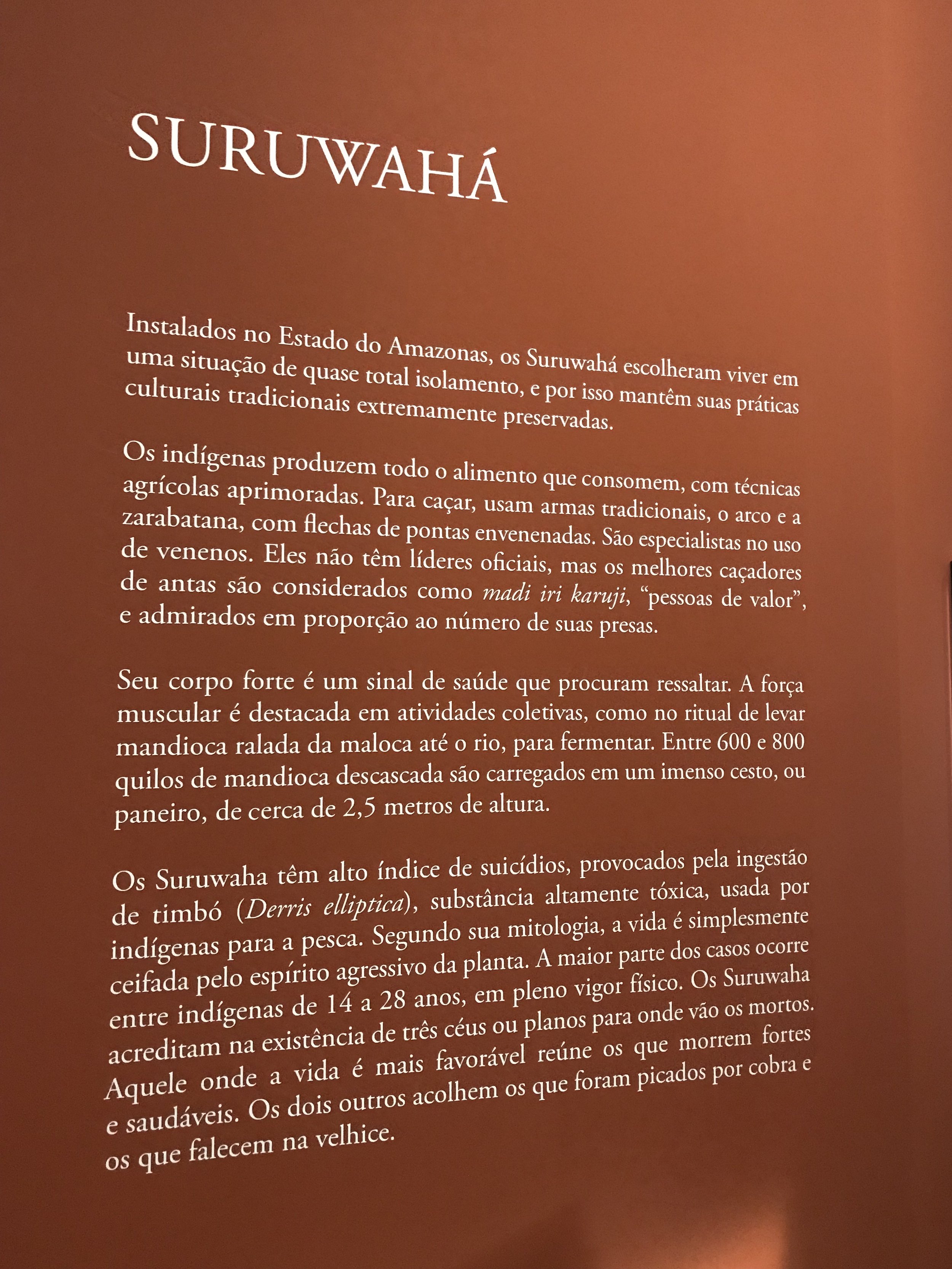The problems with superstar environmentalist photographer Sebastião Salgado
It is difficult to bring a critical eye to such a respected figure in the world of artistic, political and environmental activism. People are complex and therefore so are their artistic productions. I believe that Sebastião Salgado's work exists somewhere between the beneficial and the harmful.
All photos by Mirna Wabi-Sabi at the 'Museum of Tomorrow' in Rio de Janeiro, August 30, 2022.
A selection of Sebastião Salgado's work is now on display at the 'Museum of Tomorrow' in Rio de Janeiro — black and white photos of the Amazon and indigenous peoples of the region, in a museum dedicated to sustainability financed by Shell. The photographer's artistic and professional skill is undeniable, as is the curatorship of his wife, Lélia Wanick Salgado, reasons why the overwhelming majority of public reaction to this exhibition is positive. As an icon of environmental protection, and a leftist activist since the Brazilian dictatorship, Salgado is admired around the world. But, when I saw the exhibition, I couldn't contain the discomfort with the exoticization and, in some cases, eroticization of indigenous people, with inappropriate texts, full of half-truths that try to contextualize these photos. All of this made me wish he had invested strictly in recording the landscapes, which are magnificent, and avoided merging native people with plants, birds, and monkeys.
For a while I thought I was the only one feeling this discomfort, until I found a 2018 research by Marcelo Messina and Teresa Di Somma that reports exactly the problem—“the unnerving logic of colonialism.”
“In addition to silencing the stories of violence perpetrated by European colonizers against indigenous people, camouflaging them under friendly exchanges between utensils and women, Salgado visually connects to these stories of violence, symbolically reproducing them.”
The explanatory texts in the exhibition misrepresent reality through silencing. Military officer Cândido Rondon is described as the “greatest protector of indigenous people in Brazil”, silencing countless indigenous people who have fought for generations to protect themselves. When speaking of the marshal in this way, the truth is also silenced not only about the violence against indigenous people perpetrated by the military institution of which he was a part, but also the corruption and abuse in the indigenous protection institutions that he founded himself. Many say that he was a protector of indigenous people, but they must also recognize that protection for him meant assimilation into neocolonial Brazilian society.
In that same paragraph about Rondon, the indigenous way of life is described as “bucolic”, and I believe this word represents the kind of romanticism we confuse with respect. ‘In relation to the countryside’ places indigenous peoples in contrast to urban, industrialized life. When we glorify the native connection to nature, we confuse exoticization with appreciation, for we simplify by romanticizing, and we also infantilize by reducing these civilizations to categories of 'pure' and 'naive'.
There is nothing naive about the cultural legacy of the Amazonian indigenous peoples, there is naivety in us when we create this dichotomy between life in connection with nature and industrialized Christian life. Religion is silenced in the texts when indigenous spirituality is narrated as an anecdote, while the Christian gaze implicitly permeates all readings. In the text about the Suruwahá, it is said that there are high rates of suicide there as a symptom of mythology. They believe in “three heavens”, the best of which is for those who die at the most vigorous moment in life. The use of the word “suicide” alone is already a Western and Christian reading of the practice of “ritual death”. According to Kariny Teixeira De Souza and Márcio Martins Dos Santos, in the 2009 research “Ritual death: Reflections on the suruwaha 'suicide'", “cultural practices, such as the ritual death discussed here, misunderstood by 'Western' and, in a certain sense, Christian, conceptions prevailing in our society, feed our imagination, and so we think we see, right in front of us, beings devoid of humanity and meaning”.
The word suicide can indeed be used when describing a serious public health issue among indigenous peoples as a result of the systemic psychic violence of hundreds of years. “The main risk factors for suicide [cited in 111 studies on 7 Brazilian indigenous ethnicities] were poverty, historical and cultural factors, low indicators of well-being, family disintegration, social vulnerability and lack of meaning in life and in the future”, reads an excerpt from the World Health Organization's 2020 Systematic Review.
Mythology and spirituality are not factors in suicide rates among indigenous peoples, to say such a thing is a decontextualization of reality, and for what purpose?
This question brings us back to the research of Marcelo Messina and Teresa Di Somma – the logic of colonialism is unnerving because it revels in its “stories of violence”, it is perverse. In Salgado's case, this desire is camouflaged in attractive images that frame nudity, especially female nudity, as pure and naive. Some argue that the sexualization of this nudity takes place in the gaze of the audience, not the photographer, but there are artistic choices Salgado made in which the sexualization is evident (note Figure 1 of the research).
In many of the portraits, men are framed shoulder-up, and women are photographed with exposed breasts. This choice can happen to emphasize the differences between us and them, and the nudity of female breasts is indeed a difference. This in itself would be problematic, because the emphasis on difference exoticizes and objectifies. Eroticization possibly takes place in the gaze of the photographer and the audience, but certainly in the silencing of the history of sexual violence suffered by indigenous girls and women for centuries.
Nowhere is the history of sexual violence addressed in the texts of the exhibition, but all over nudity is romanticized. Brazil suffered for hundreds of years with an “ethnic cleansing” that instrumentalized rape, the female nude was read as animalistic and inhuman. And that reality has not yet been resolved. “Salgado [makes use] of the body of the photographed subjects, to the point of objectifying and sexualizing”, and when contextualizing his work, he fails to point out that rape was a tool for genocide, and that indigenous women still suffer from the remnants of this tool today.
It is difficult to bring a critical eye to such a respected figure in the world of artistic, political and environmental activism. People are complex and therefore so are their artistic productions. In the age of social media and cancellation, it is necessary to rescue the nuance and complexity of things that exist between good and evil, between supposed right and wrong. I believe that Sebastião Salgado's work exists somewhere between the beneficial and the harmful.
There have been certain positive results, not only from his work in favor of environmental protection, but also from works that mobilize people to have empathy and affection for threatened peoples and forests on the brink of destruction. However, this is not the whole story. There's a lot of important stuff left unsaid, which has counterproductive and pernicious repercussions. When we propose to have a critical look at state violence against nature and indigenous peoples, this critical look cannot be selective, because if it is, we are not advancing in the way that we urgently need to advance. Is there room for what is beautiful? There is. But not at the expense of awareness of the brutality of the reality in which we live.
Mirna Wabi-Sabi
is a writer, editor and founder of Plataforma9.


